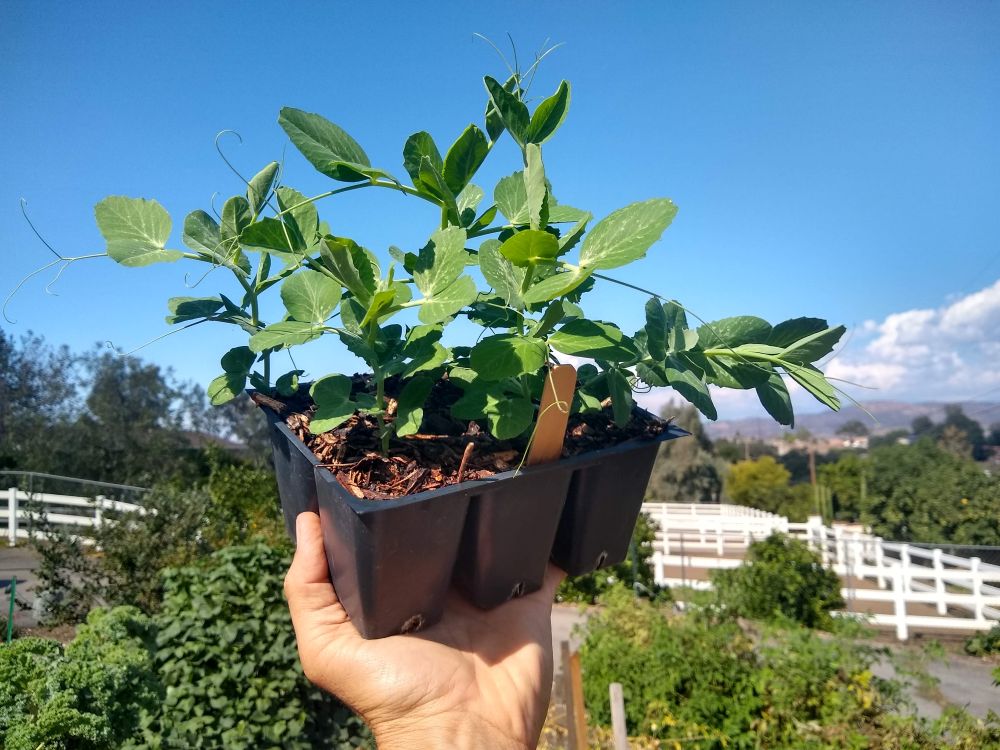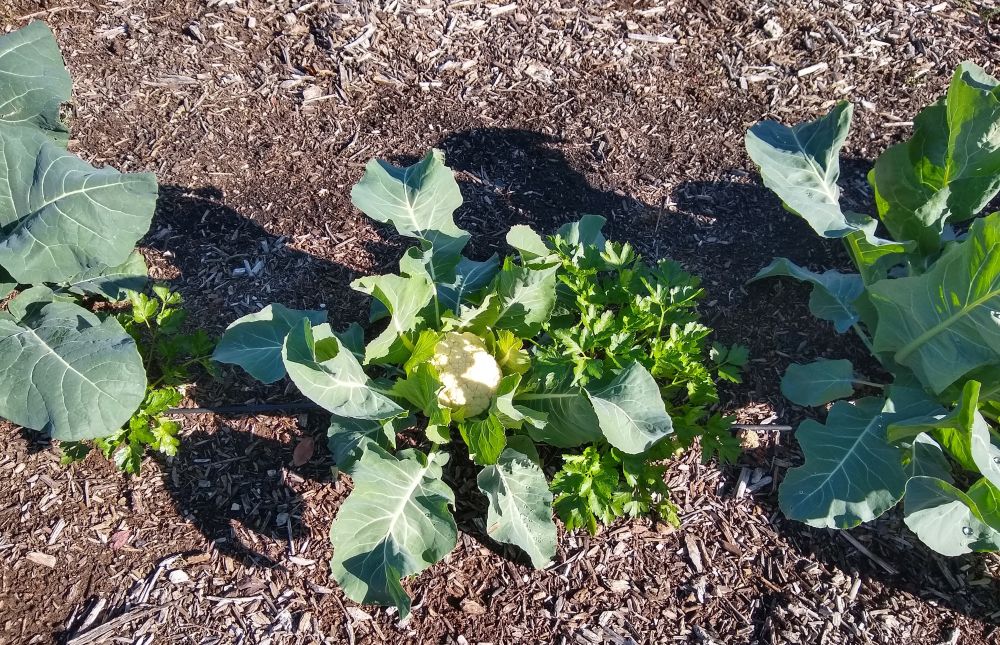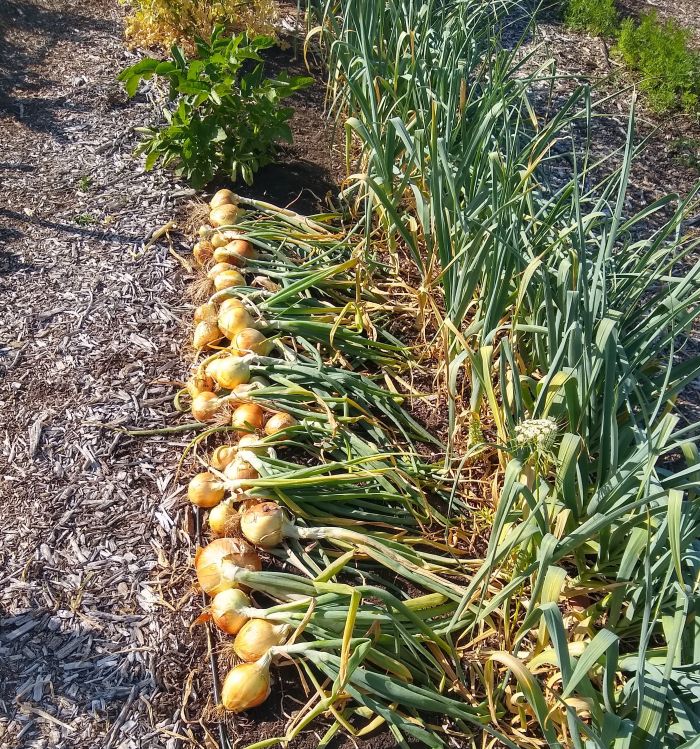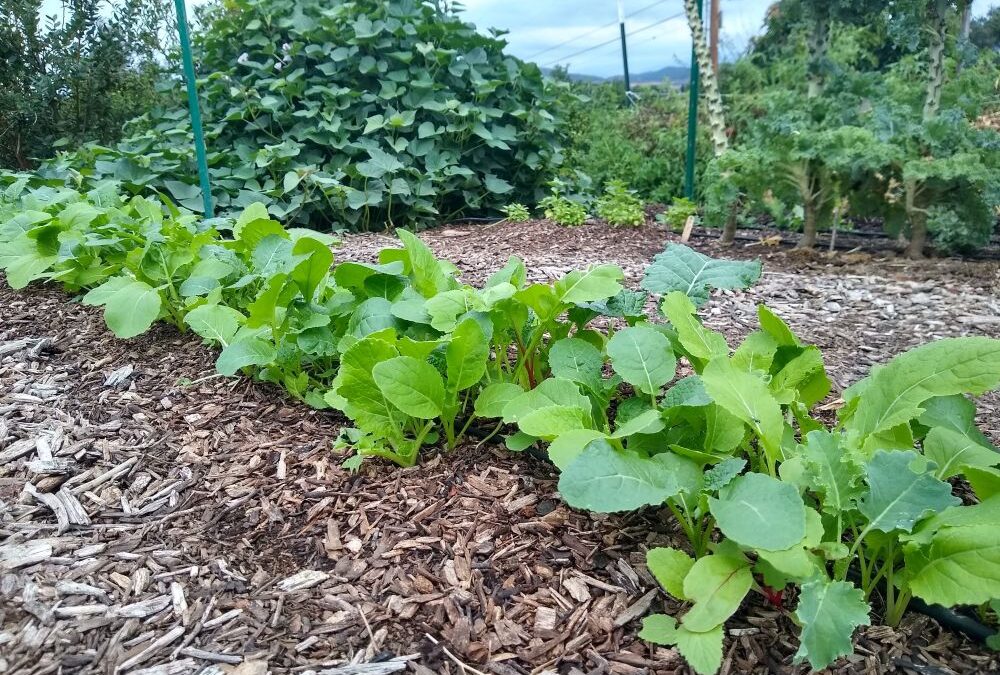Right around the corner is “the autumnal springtime,” according to Edward Wickson.
Spring in autumn? Sounds like nonsense.
But hear Wickson explain: “Spring is defined as ‘the one of the four seasons when plants begin to grow.’” And therefore, California has two springs. “California is fortunate in doubling the blessings of springtime,” says Wickson.
We get the spring that starts in March, “marked by the change from the short, dark days of the rainy season.” But we also get a spring that occurs in September, an “autumnal springtime.”
September weather is “delicious,” says Wickson. “In the interior valleys, it brings a coolness to the early morning and crystal clearness to the atmosphere which reveals the distant mountain tops with a sharpness which their outlines do not often reveal through the haze of summer.”
On the coast, the weather is delicious in a different way. It “brings a little higher heat because the arrest of the ocean winds gives the declining sun opportunity to warm the earth as even the vertical sun of midsummer could not do because of the screen of summer fogs which the landward winds interposed.”
Is this not poetic prose?
Edward Wickson was a gardener, farmer, dairyman, journalist, and professor of sundry agricultural fields for the University of California. He lived from 1848 to 1923. He wrote a number of books. In 1917, he wrote the book from which I am quoting, The California Vegetables in Garden and Field: a manual of practice with and without irrigation for semitropical countries.
From the day I became serious about learning to grow vegetables in Southern California, I recognized that the fall season was our true beginning. In Wickson, I have found my thoughts expressed more sharply and eloquently on how and why this is.
“Of the two California springtimes which attend the equinoxes, the one of September is the greater in agricultural and horticultural significance,” says Wickson, “because it is really the beginning of the crop-year and because timely work then gives success with plants which make their returns during the winter and, besides that, it insures the best results with other plants which yield their rewards in the dry season which lies beyond.”
Think of all the crops that can be started in the “autumnal springtime”: lettuce, carrots, cauliflower, cabbage, beets, broccoli, kale, spinach, parsley, cilantro, peas, parsnips, and then onions and garlic, and more.

You prep your soil, you do your planting in this “advent of the crop-year,” and you can have loads of fresh peas to pick on the shortest days of winter, and carrots to pull, and cauliflower to harvest.

Onions and garlic planted in the autumn will bulb and “yield their rewards” in the dry days of May, June, and July.

For us in California, Wickson says, September weather is not a time when we think of enduring an approaching winter, as it is in many other parts of the country. Rather, it is “but a foretaste of the delights of a rainy season which, except during actual storms, is a time of plowing and sowing, planting and pruning and of other fundamental operations which underlie the success of the year.”
In other words, September is the start of something pleasant, and the rain that begins to fall is welcome, and the approaching winter is conducive to all gardening activities. We are catalyzed. We wake up and our gardens wake up.
“The March springtime, on the other hand, opens the way to the haste of haying and harvest, the distress of late plantings in high heat for which they have no proper rooting . . .”
“The September springtime looks to a beginning and the March springtime to a finish . . .”
So here we are, at the beginning.
What do you want to grow this year? How do you want to grow it?
Thank you, Supporters, who keep these Yard Posts coming and keep the whole website ad-free.
All of my Yard Posts are listed here.




Thank you for this delightful post Greg! I am excited to plant some of the wonderful things you mentioned like garlic, cilantro and onions! Cheers to new beginnings in the garden 🙂
Trying to decide what to plant, without over planting. Anyone have garlic variety recommendations?
Hi Chris,
I was talking with my grandmother yesterday and she said that her water bill was so high this summer that she is going to scale back her vegetable garden now. I said I think she should do the opposite. Fall and winter vegetable gardens should be scaled up and summer vegetable gardens should be scaled back because it’s summer gardens that cost a lot in terms of water.
For me, it’s nearly impossible to overplant a fall and winter garden because even if you can’t eat it all, the costs in terms of money and effort are much lower than in summer. (And all of our extras just get fed to the chickens, who turn them into eggs and compost.)
But I do understand that everyone has different tastes and yard situations (such as winter shade). My grandma, for example, doesn’t care to eat cauliflower but she has to have tomatoes.
One garlic variety that I grew last year that I really liked was Spanish Roja.
Thanks for the garlic recommendation I’ll try it. My garden issues is space, I’m sick of fighting Bermuda. My garden is a 20X15 ft patch of old Bermuda lawn that is being excavated. I’m digging down to 18 inches to remove the grass. I’m only about a 1/3 done so not a lot of room yet but some day.